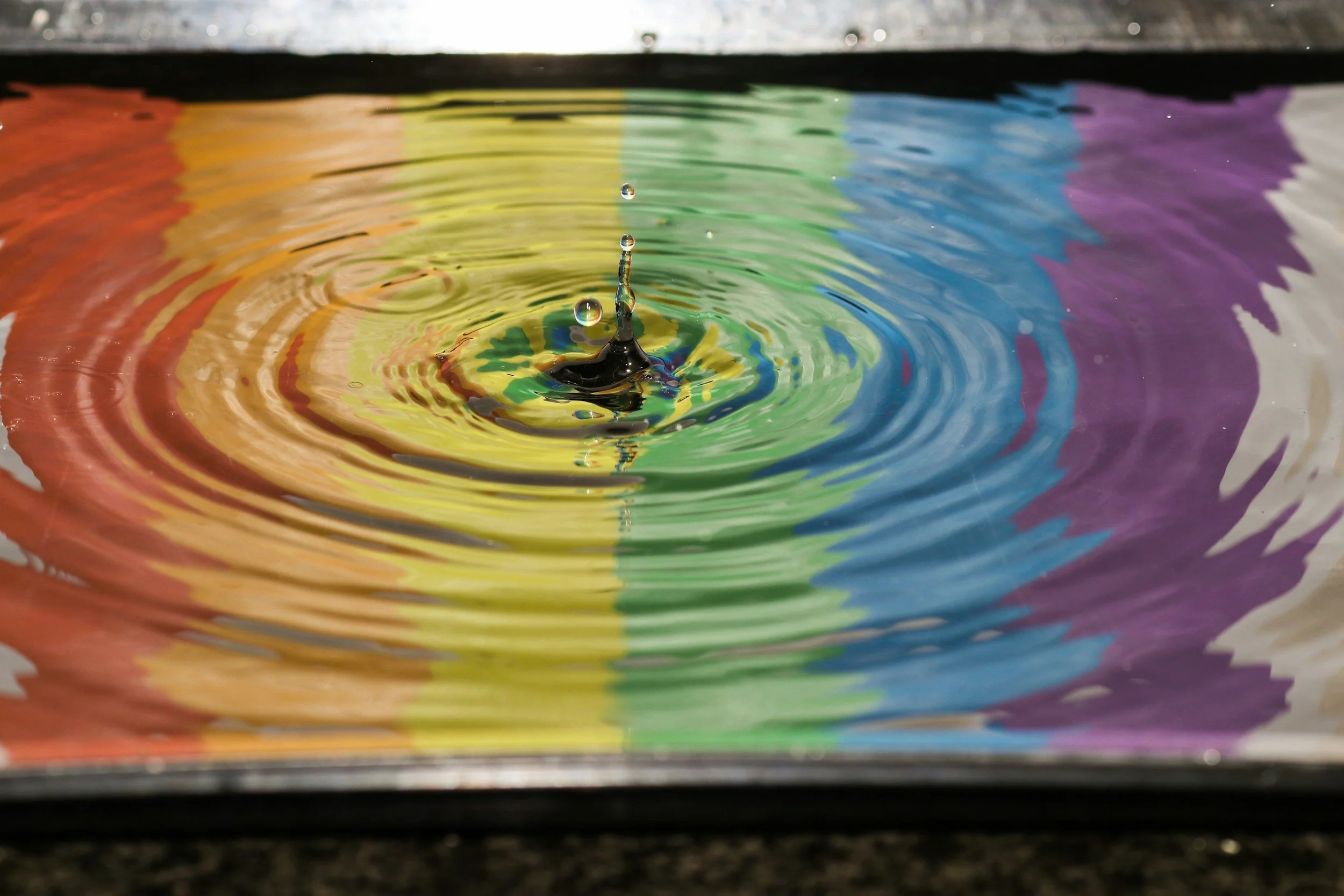In my quest to manage my mental health after an extremely stressful few years (who’s with me?) I’ve noticed everyone keeps talking about the vagus nerve. As the longest cranial nerve in the body, it forms a vital connection between the brain and various organs, including the heart, lungs, and digestive system.
It’s one of those things I learned about in grad school, as well as at several therapist trainings over the years. But like most things, I didn’t start paying close attention until it affected me. Here’s what I’ve learned, I hope it helps you too.
REST AND DIGEST: The Opposite of Fight or Flight
By stimulating the vagus nerve, we can enhance our vagal tone, which is crucial for supporting our mental health.
Increasing your vagal tone activates the parasympathetic nervous system, and having higher vagal tone means that your body can relax faster after stress.
If you think of stress management in terms of cultivating the opposite of fight or flight, you’ll understand why things that promote our body to rest and digest will help you not only reduce stress, but bounce back from stressful situations more easily.
How Does the Vagus Nerve Help Anxiety?
I’m glad you asked! Here are seven ways to improve your mental health by activating your vagus nerve.











